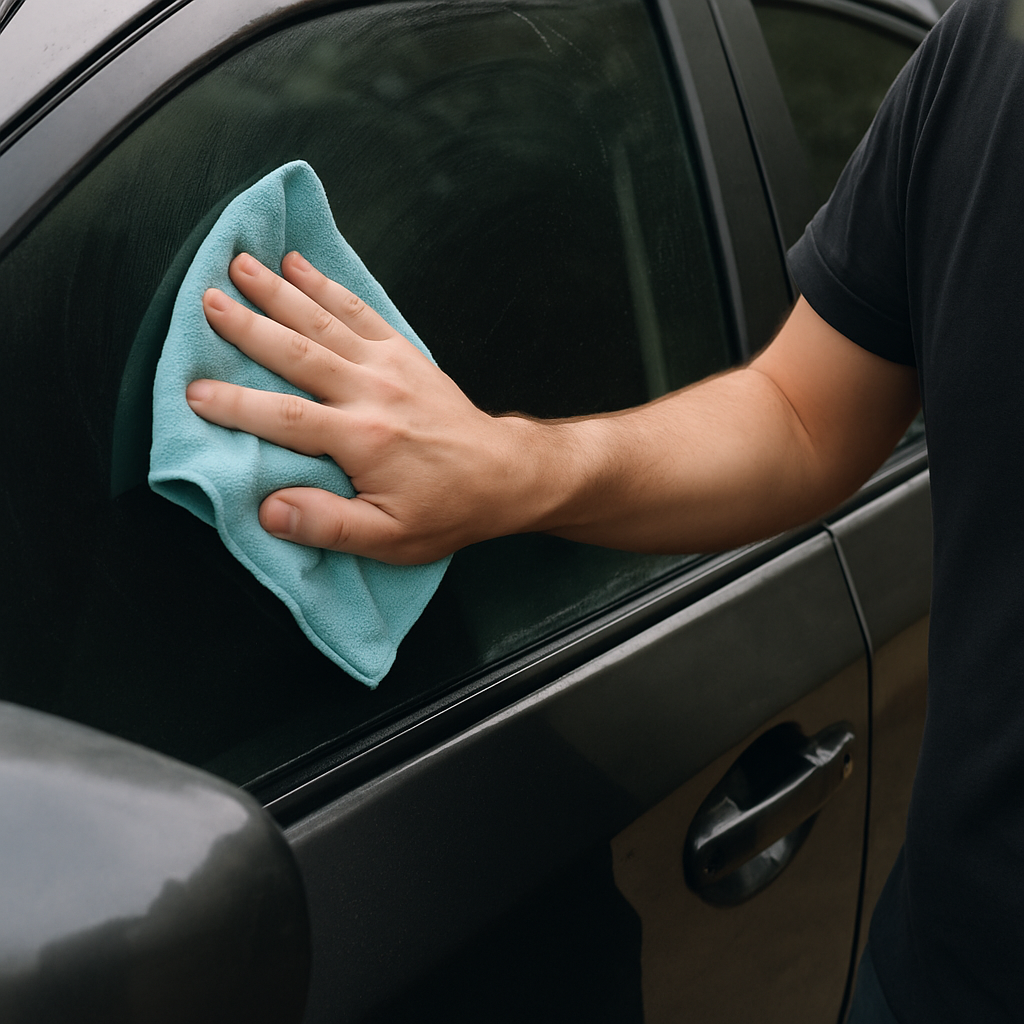Cleaning tinted windows can be a bit tricky, but it’s essential to maintain their appearance and functionality. Whether you’re dealing with home windows or auto windows, the right cleaning techniques will ensure that your tinted film stays in top condition without any scratches or damage. In this article, we’ll walk you through the best ways to clean your tinted windows, ensuring a streak-free finish and prolonged lifespan.
Understanding Tinted Windows
Before diving into the cleaning process, it’s important to understand what tinted windows are and why they require special care. Tinted windows are coated with a thin film that can reduce glare, block UV rays, and enhance privacy. This film is delicate and can be easily damaged if not handled properly.
Why Special Care is Needed
Tinted films are sensitive to certain chemicals and abrasive materials. Using the wrong cleaning products or techniques can result in scratches, peeling, or discoloration. Therefore, it’s crucial to use the right materials and methods when cleaning.
Tools and Materials You’ll Need
To clean your tinted windows effectively, gather the following tools and materials:
- Soft microfiber cloths
- A bucket of warm water
- Mild liquid soap or a tint-safe window cleaner
- A spray bottle
- A squeegee (optional)
Choosing the Right Cleaner
When selecting a cleaner, it’s important to use one that is specifically designed for tinted windows. Regular window cleaners often contain ammonia, which can damage the tint film. Instead, opt for a mild soap solution or a commercial tint-safe cleaner.
Step-by-Step Guide to Cleaning Tinted Windows
Now that you’re equipped with the right tools and materials, let’s get into the step-by-step process of cleaning your tinted windows.
Step 1: Prepare the Cleaning Solution
Mix a few drops of mild liquid soap with warm water in a spray bottle. Shake the bottle gently to combine the ingredients. Alternatively, if you’re using a commercial tint-safe cleaner, ensure it’s properly diluted according to the manufacturer’s instructions.
Step 2: Dust and Wipe
Before applying any liquid, use a dry microfiber cloth to gently dust the window surface. This step is crucial as it removes loose dirt and debris, preventing scratches during the cleaning process.
Step 3: Apply the Cleaning Solution
Spray the cleaning solution onto the window, ensuring that it covers the entire surface. Avoid saturating the edges of the tint film to prevent moisture from seeping underneath.
Step 4: Wipe with a Microfiber Cloth
Using a clean microfiber cloth, gently wipe the window in a circular motion. This motion helps lift dirt and grime without causing streaks. Be thorough but gentle, applying light pressure to avoid damaging the tint.
Step 5: Rinse and Dry
If using a soapy solution, it’s essential to rinse the window with clean water afterward. Spray clean water onto the window and use a fresh microfiber cloth to wipe it dry. If you have a squeegee, you can use it to remove excess water, starting from the top and pulling downward.
Cleaning Tinted Auto Windows
Tinted windows in vehicles require the same careful approach as home windows. Here are some additional tips for cleaning auto windows:
Avoid Direct Sunlight
When cleaning tinted auto windows, try to park your vehicle in a shaded area. Direct sunlight can cause the cleaning solution to evaporate too quickly, leading to streaks.
Be Mindful of Edges
Pay special attention to the edges of the tinted film. Avoid saturating these areas with cleaning solution, as moisture can cause the film to lift over time.
Common Mistakes to Avoid
To keep your tinted windows in pristine condition, steer clear of these common cleaning mistakes:
- Using Ammonia-Based Cleaners: These can cause the tint to bubble and discolor.
- Using Paper Towels: They can leave behind lint and scratch the surface.
- Applying Excessive Pressure: This can lead to scratches or peeling of the tint film.
by Markus Spiske (https://unsplash.com/@markusspiske)
Maintaining Your Tinted Windows
Regular maintenance can extend the life of your tinted windows and keep them looking great. Here are a few maintenance tips:
- Clean Regularly: Dust and clean your tinted windows every few weeks to prevent the buildup of grime.
- Inspect for Damage: Periodically check the tint film for any signs of peeling or bubbling.
- Avoid Sharp Objects: Keep sharp objects away from the tinted surface to prevent accidental scratches.
The Benefits of Tinted Windows
Tinted windows offer more than just aesthetic appeal. Here are some key benefits:
Energy Efficiency
Tinted windows can significantly reduce heat transfer, keeping your home or car cooler and reducing the need for air conditioning. This energy efficiency can lead to lower energy bills.
UV Protection
Tinted films block up to 99% of harmful UV rays, protecting your skin and preventing your interiors from fading.
Enhanced Privacy
Tinted windows provide an added layer of privacy by reducing the visibility from the outside, while still allowing you to enjoy the view.
Conclusion
Cleaning tinted windows doesn’t have to be a daunting task. By using the right tools and techniques, you can keep your windows looking clear and ensure the longevity of the tint film. Whether you’re maintaining your home’s aesthetic or taking care of your vehicle, these tips will help you achieve the best results.
Remember, the key to success lies in gentle care and using the appropriate cleaning materials. With regular maintenance, your tinted windows will continue to provide the benefits of energy efficiency, UV protection, and enhanced privacy for years to come.


